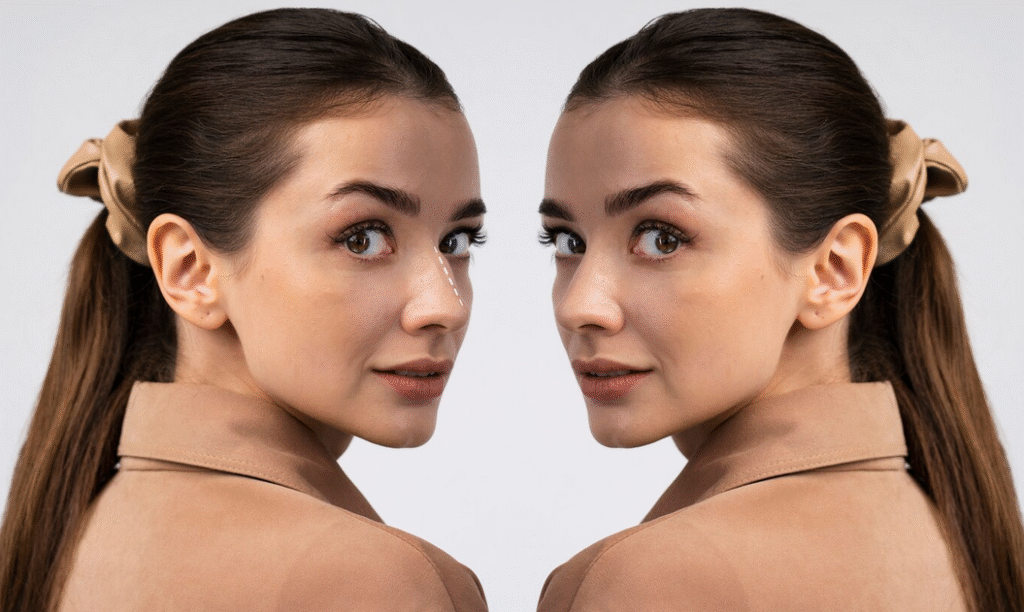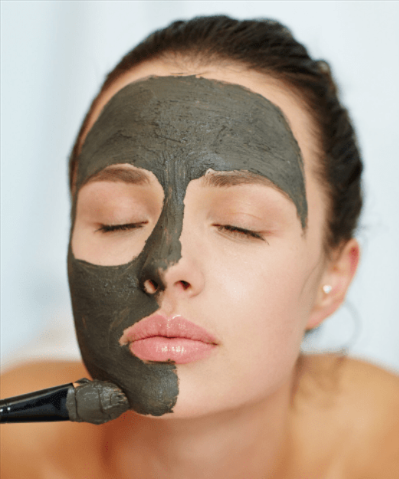When it comes to improving the appearance and function of the upper eyelids, two procedures are often considered: ptosis correction and blepharoplasty. Though these surgeries may seem similar—and are sometimes performed together—they serve different purposes and address different anatomical issues.
If you’re struggling with droopy eyelids, obstructed vision, or simply want a more refreshed look, it’s crucial to understand the key differences between ptosis surgery and blepharoplasty to determine which is right for you.
👁️ What Is Ptosis Correction?
Ptosis (pronounced TOE-sis) refers to a drooping of the upper eyelid that occurs when the levator muscle (responsible for lifting the lid) becomes stretched, weakened, or damaged. This condition can affect one or both eyes and may be present at birth (congenital) or develop later in life (acquired).
✔️ Ptosis Correction Surgery:
- A functional procedure designed to lift the upper eyelid by tightening or repositioning the levator muscle.
- Aimed at restoring proper eyelid height and improving vision, especially if the droopy lid obstructs the upper visual field.
- Often covered by medical insurance when vision impairment is documented.
Common symptoms treated:
- Heavy or tired-looking eyelids
- Difficulty keeping eyes open
- Head tilting or brow lifting to improve sight
- Forehead tension or headaches from constant eyebrow elevation
✂️ What Is Blepharoplasty?
Blepharoplasty is a cosmetic or functional eyelid surgery that removes or repositions excess skin, fat, and sometimes muscle from the upper or lower eyelids.
✔️ Blepharoplasty Procedure:
- Targets redundant eyelid skin, puffiness, or under-eye bags.
- Enhances the appearance of the eyes, making them look more alert, youthful, and defined.
- Can be functional if upper eyelid skin hangs over the eyelashes and interferes with vision, in which case it may be insurance-covered.
Common symptoms treated:
- Sagging or wrinkled eyelid skin
- Puffy, tired-looking eyes
- Hooded eyes that affect makeup application or sightlines
🔍 Key Differences Between Ptosis Correction and Blepharoplasty
| Feature | Ptosis Correction | Blepharoplasty |
|---|---|---|
| Primary Purpose | Functional (lift eyelid) | Cosmetic or functional (remove excess skin/fat) |
| Cause Treated | Weak or stretched levator muscle | Excess skin, fat, or loose muscle |
| Surgical Focus | Tightens/repositions eyelid-lifting muscle | Removes/recontours skin, fat, and sometimes muscle |
| Visual Impact | Restores visual field by raising eyelid margin | Improves appearance; may help vision if skin droops |
| Incision Location | Hidden in upper eyelid crease | Same (upper bleph), or under lash line (lower bleph) |
| Insurance Coverage | Often covered if vision is impaired | Covered only if excess skin obstructs vision |
| Performed By | Oculoplastic or ophthalmic surgeon | Plastic or oculoplastic surgeon |
👩⚕️ When Do You Need Ptosis Correction?
You may benefit from ptosis surgery if:
- Your eyelid margin (lash line) sits lower than normal
- You experience visual obstruction from a low-hanging lid
- You feel eye fatigue or brow strain
- You’ve been diagnosed with congenital or acquired ptosis
During a clinical evaluation, your surgeon will measure:
- MRD1 (Marginal Reflex Distance 1) – distance between pupil and upper eyelid
- Levator function – how well the eyelid lifts when looking up
💉 When Is Blepharoplasty the Better Option?
You may be a candidate for blepharoplasty if:
- You have excess, sagging eyelid skin
- Your eyelids look puffy, heavy, or tired
- Your upper eyelid skin folds over your lashes, impacting vision or aesthetics
- You want to rejuvenate your appearance
In some cases, both procedures are needed. For example, a patient with saggy skin and a weak muscle may need blepharoplasty combined with ptosis repair for optimal results.
🤔 Can Ptosis Correction and Blepharoplasty Be Done Together?
Yes! In fact, combining both surgeries is common and often recommended when patients exhibit both:
- A low-hanging eyelid margin (ptosis)
- Excess skin or puffiness (blepharochalasis)
Doing both procedures simultaneously:
- Minimizes recovery time
- Provides comprehensive functional and aesthetic results
- Ensures eyelid symmetry and a more natural outcome
🩺 How to Determine Which Procedure You Need
An experienced oculoplastic surgeon or ophthalmic plastic surgeon will perform a full eyelid evaluation including:
- Eyelid measurements
- Visual field testing (if insurance coverage is sought)
- Examination of skin, fat pads, and muscle function
- Review of symptoms such as eye fatigue, cosmetic concerns, or headaches
📝 Final Thoughts
While ptosis correction and blepharoplasty may both enhance your eyelids, they target different problems—muscle dysfunction vs. skin and fat excess. Understanding their unique purposes is key to achieving the results you want, whether you’re addressing vision problems, aesthetics, or both.
If you’re unsure which procedure is right for you, consult with a board-certified oculoplastic surgeon who specializes in eyelid anatomy and can tailor the right treatment plan based on your goals.




